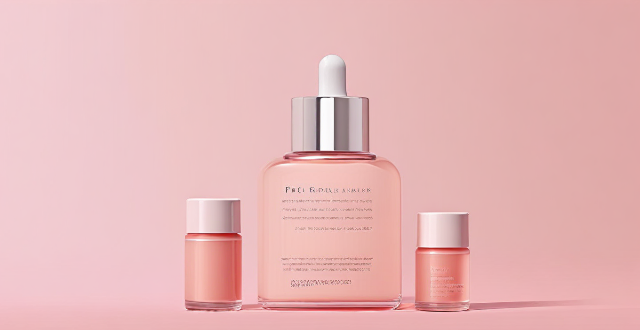Choosing the right foundation for your skin type involves identifying your skin type, selecting a suitable formula, and considering coverage and finish. It's important to find the right shade, check ingredients, apply and observe how it wears, set with powder, and touch up as needed. By following these steps, you can enhance your natural beauty with a foundation that matches your skin type.

Choosing the Right Foundation for Your Skin Type
1. Determine Your Skin Type
Before selecting a foundation, it's crucial to identify your skin type. Generally, there are five main skin types:
- Oily Skin: Appears shiny and may have enlarged pores.
- Dry Skin: Feels tight and may flake or appear rough.
- Combination Skin: Oily in some areas (usually the T-zone) and dry in others.
- Normal Skin: Neither oily nor dry; has no or minimal blemishes.
- Sensitive Skin: Easily irritated or inflamed.
2. Choose Your Formula
Once you know your skin type, you can select a foundation formula that suits it best.
- Liquid Foundations: Great for dry or normal skin types. They provide hydration and a dewy finish.
- Powder Foundations: Ideal for oily skin types as they absorb excess oil and help control shine.
- Cream Foundations: Suitable for dry skin due to their thicker consistency that provides extra moisture.
- Mineral Foundations: Good for sensitive or acne-prone skin because they often contain fewer ingredients and are non-comedogenic.
3. Consider Coverage & Finish
Different coverage levels and finishes can also cater to various skin types:
- Light/Sheer Coverage: Perfect for normal or combination skin with few blemishes.
- Medium Coverage: A good balance for most skin types.
- Full Coverage: Best for covering imperfections on oily or problematic skin.
4. Shade Selection
Finding the right shade is essential for a natural look:
- Test the foundation on your jawline in natural light to ensure it blends seamlessly with your skin tone.
5. Check Ingredients
Especially if you have sensitive or acne-prone skin, look for foundations without harsh chemicals or irritants.
6. Apply & Observe
After application, observe how the foundation wears throughout the day:
- Does it fade quickly?
- Does it cause any irritation or breakouts?
- Does it control oil effectively?
7. Set with Powder
For longevity, set your foundation with a loose powder, especially if you have oily skin.
8. Touch Ups
Keep a compact or blotting papers handy for touch-ups, especially for oilier skin types.
By following these steps, you'll be able to find a foundation that not only matches your skin type but also enhances your natural beauty.